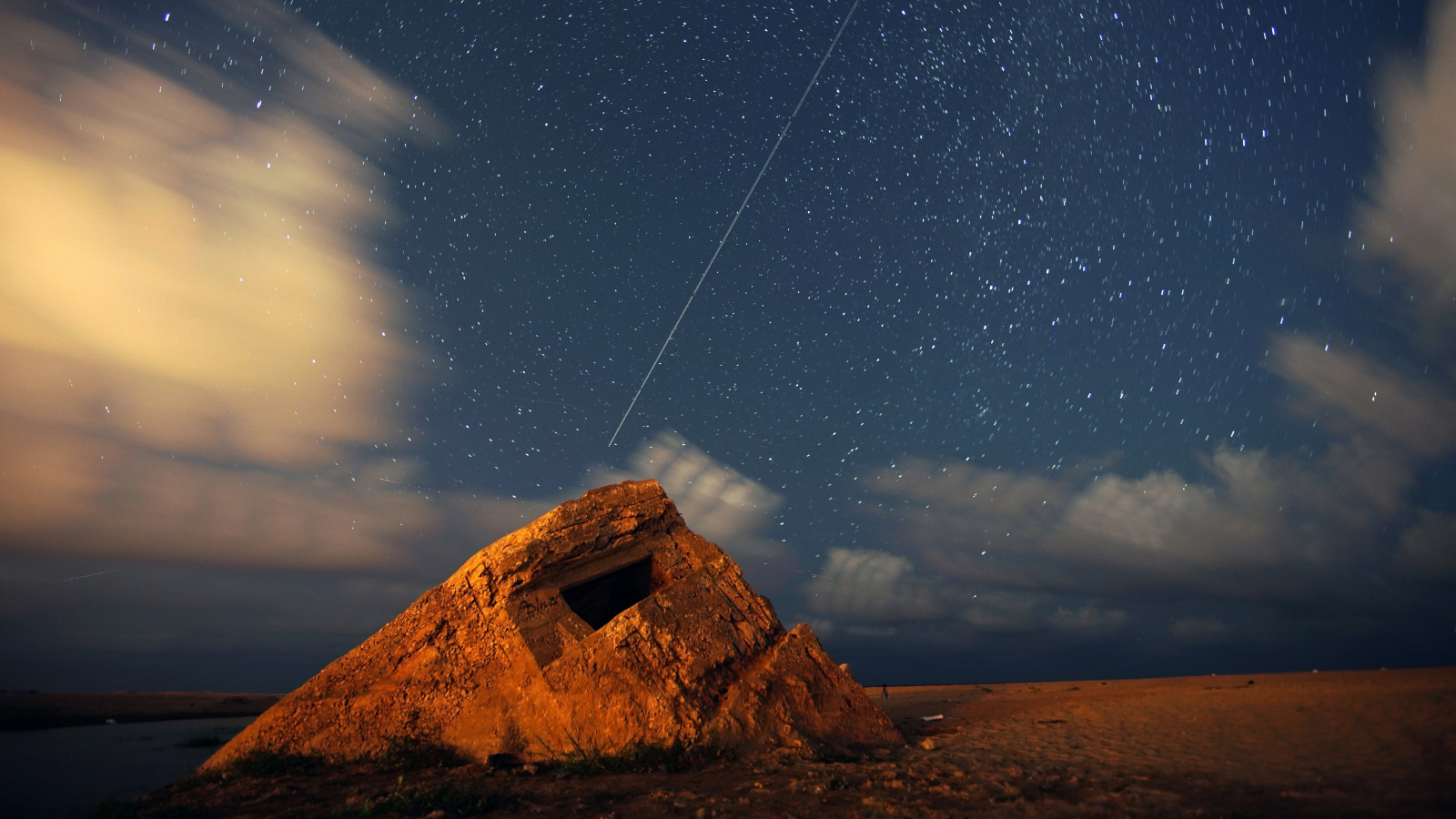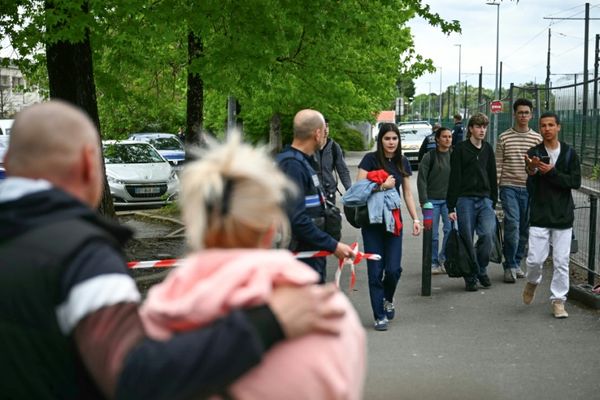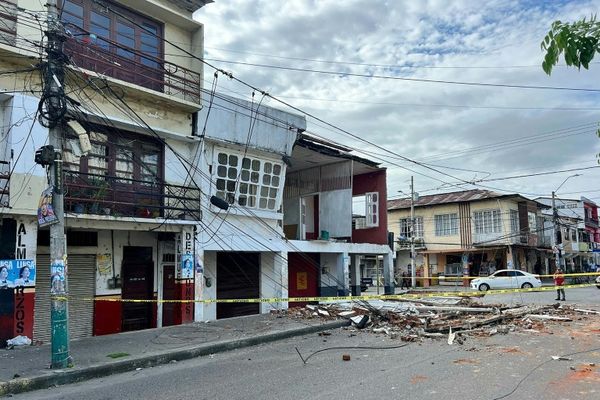
The Leonid meteor shower is now peaking, and could bring up to 15 "shooting stars" per hour to the night sky.
This annual meteor shower occasionally causes "meteor storms" — rare events that produce more than 1,000 meteors per hour. The Leonids are thought to be caused by dust and debris left in the inner solar system by Comet 55P/Tempel-Tuttle, which orbits the sun every 33 Earth years.
This year, the predicted peak was just after midnight EST on Nov. 17-18 (05:00 UTC on Nov. 18), according to the American Meteor Society. About 15 meteors per hour are typically seen in a dark sky during the peak of the Leonids. However, the shower remains active until Dec. 2, and "shooting stars" may remain more prevalent than usual throughout the coming week.
Bright moonlight may determine how much you can see, as a 94%-illuminated waning gibbous moon has just risen into the night sky. Strong moonlight can make it more challenging to see fainter shooting stars, which means it won't help much to travel away from light pollution for the Leonids this year — even with artificial lights out of the picture, the moon's glow will still outshine most of the show.
Although this year's peak is not expected to deliver a meteor storm, there's still a slight chance it could. These sudden outbursts of more than 1,000 meteors happened in 1833, 1866, 1966, 1999, 2001 and 2002, when Earth passed through old debris fields left in the inner solar system by 55P/Tempel-Tuttle while the comet was near perihelion, its closest point to the sun, according to the American Meteor Society. 55P/Tempel-Tuttle's next perihelion will be in 2031, according to NASA. But even before then, Earth could move through old debris fields that could spark a stronger display — though it's impossible to predict if or when that will happen.
Meteor showers are typically named after the constellation from which they appear to originate. For the Leonids, that's Leo. If you see a shooting star and trace its trajectory backward to Leo, it is a Leonid. However, all meteor showers' shooting stars can appear anywhere in the night sky.
Shooting "stars" are actually meteoroids — small, rocky particles that strike Earth's atmosphere. These tumbling particles heat up and vaporize, releasing energy visible as streaks of light in the night sky. You can see them best with the naked eye in dark skies; save your stargazing binoculars for the next full moon or planetary appearance.
Editor's note: This article was updated on Nov. 18 to add current information about the shower's peak.







